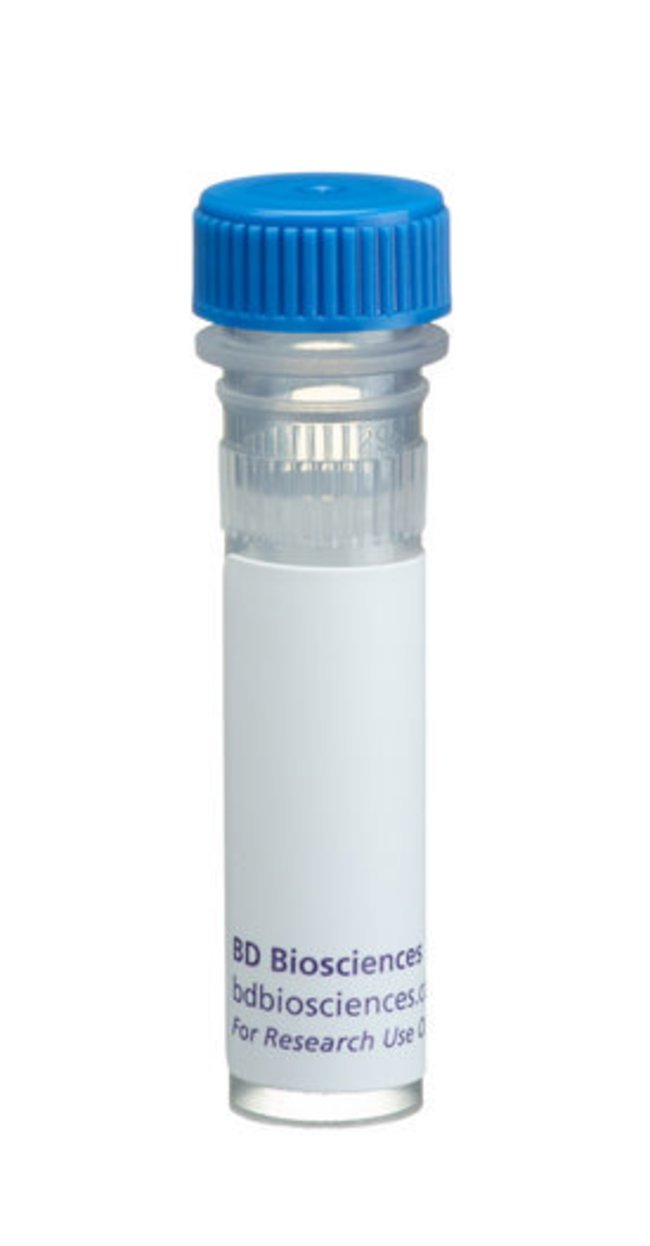47[phox] Mouse anti-Human, Unlabeled, Clone: 1, BD, Mouse Monoclonal Antibody, Each

Details:
The neutrophil respiratory burst oxidase (NADPH-oxidase) generates superoxide and secondary oxygen-derived toxic products in response to bacteria or a variety of soluble stimuli. The enzyme is dormant in resting neutrophils. The active site of this enzyme is located in an integral membrane cytochrome, b558, which consists of the two subunits gp91[phox] and p21[phox]. Superoxide production depends on the formation of a complex that includes two cytosolic proteins, p67[phox] and p47[phox]. The GTP-binding protein Rac is also an essential component for oxidase activity. p47[phox] is a highly basic protein that contains two SH3 domains. The C-terminal quarter of the molecule contains many potential phosphorylation sites, consisting of serines and basic residues. Expression of p47[phox] is restricted to cells of phagocytic or lymphocytic lineage. IFN-γ is a potent inducer of both p47[phox] mRNA and protein. p47[phox] is an early reactant in oxidase assembly and this assembly can be inhibited by a C-terminal peptide of the large subunit of cytochrome b558. It is thought that p47[phox] binds directly to the cytochrome, while p67[phox] associates with the cytochrome by binding p47[phox].Immunofluorescence, Western Blotting
Additional Information
| SKU | 10134923 |
|---|---|
| UOM | Each |
| UNSPSC | 12352203 |
| Manufacturer Part Number | 610355 |
